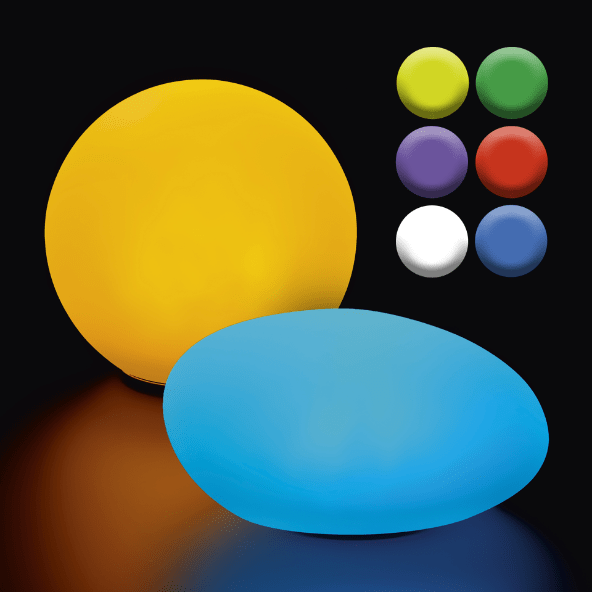

/products/libLCFileUtil.so libLCFileUtil-ppc.so libLCFileUtil-x86.so /products/libSegment.so libSegment-ppc.so libSegment-x86.so /products/libDCRaw.so libDCRaw-ppc.so libDCRaw-x86.so /products/libLCCache.so libLCCache-ppc.so libLCCache-x86.so /products/libLCArrays.so libLCArrays-ppc.so libLCArrays-x86.so

/products/libLCJNI.so libLCJNI-ppc.so libLCJNI-x86.so

make : on entre dans le répertoire « /home/nicolas/Sources/lightzone/lightcrafts/jnisrc » JAVA_HOME=/usr/lib/jvm/default-java ant -f /home/nicolas/Sources/lightzone/linux/build.xml cleanīuildfile: /home/nicolas/Sources/lightzone/linux/build.xml A data quality product is under development to notify users of impacts during future eclipse seasons.Dpkg-buildpackage: info: paquet source lightzoneĭpkg-buildpackage: info: version source 4.1.8-0obs1ĭpkg-buildpackage: info: distribution source unstableĭpkg-buildpackage: info: source changé par Masahiro Kitagawa ĭpkg-buildpackage: info: architecture hôte amd64 A blooming filter is being developed to remove the event spikes, although lightning detection outages will remain in the affected regions. The length of these temporary outages depends on the region, and is on the order of minutes. This saturation creates blind regions in the data outside of the areas impacted by the solar intrusion. The increased number of false events can cause an overflow condition in the electronics which saturates the event processing. The false events will peak during the beginning and end of the eclipse season and the 20-second files will intermittently peak in size above 3-5 MB per file during false events, which is well above the average of ~0.3 MB per file. The daily effects begin with many false events at the limb, which cover regions of varying size and location as the eclipse features move across the field of view. These effects will occur daily around the same time as the ABI (0415 UTC - 0545 UTC).
Lightzone 2018 series#
Starting Septemfrom approximately 0415 UTC - 0545 UTC each day in the Southern Hemisphere until November 6, 2018.ĭuring eclipse season with the GOES-R satellite series Geostationary Lightning Mapper (GLM), solar intrusion into the lens assembly will result in localized blooming (false events) and saturation (blind regions) in the data. Starting Augfrom approximately 0415 UTC - 0545 UTC each day in the Northern Hemisphere until September 22, 2018. Stray light contamination and truncated swaths during the GOES-East Fall 2018 eclipse season will be apparent on ABI imagery: Stray light contamination is often prominent in the images of visible and near infrared bands (bands 1–6), although it can also be discerned in band 7 images. This eclipse season since we will not have an outage of more than 15 minutes.ĭuring eclipse season with the GOES-R satellite series, stray light contamination is visible approximately 45 minutes before and after satellite local midnight (~0500 UTC for GOES-East) which is approximately 45 days before and after the vernal (March 20, 2018) and autumnal (September 22, 2018) equinox, in the form of a vertical beam of light that is more intense at the end closer to the Sun.
Lightzone 2018 full#
There will be no Full Disk Coverage for GOES West This is known as the "Stray Light Zone (SLZ)." The seasonal charts describe the GOES-East and GOES-West Imager and Sounder scan frames that are canceled or shifted due to SLZ. In some instances shifting or cancelling the frame is necessary. GOES-13/14/15 - There is a significant risk of light from the sun directly entering the scanners and causing degraded products as the spacecraft enters and leaves the Earth's shadow, requiring a special algorithm to be applied to the Imager products. Eclipses occur approximately from late February to mid-April, and from late August to mid-October. Known as the Eclipse (ECL) season, these periods require the spacecraft to be completely dependent upon batteries for a maximum of 72 minutes daily. GOES satellites encounter two periods during the year in which they are in Earth's shadow.


 0 kommentar(er)
0 kommentar(er)
